About Sompo Museum of ArtConcept
The Sompo Museum of Art is the only art museum in Asia
with one of Vincent Van Gogh’s masterpieces of his Sunflowers series in its collection.
Located in the Tokyo district of Shinjuku that boasts the busiest train stations in the world,
the museum acts as a communicator of arts and culture with the aim of
helping to develop a new interest in these fields. It also promotes exchange
in Japan and abroad and strives to be an appealing art museum for all by fostering diverse values.
The concept behind the museum’s exterior design is a combination of vertical and
curved surfaces that reflect motifs of the artworks of Seiji Togo that form the core
of its collection, while also maintaining harmony with the out-flaring base of
the neighboring Sompo Japan headquarters building.
Facility Overview
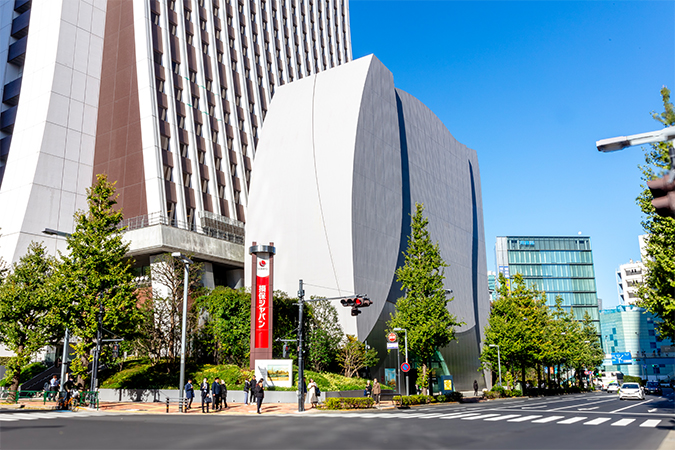
| Architectural design | TAISEI DESIGN Planners, Architects & Engineers |
|---|---|
| Exhibition gallery design | TANSEISHA Co., Ltd. |
| Construction | Reinforced concrete |
| Total floor area | 3,956 square meters |
| Floors | 6 above ground, 1 basement level |
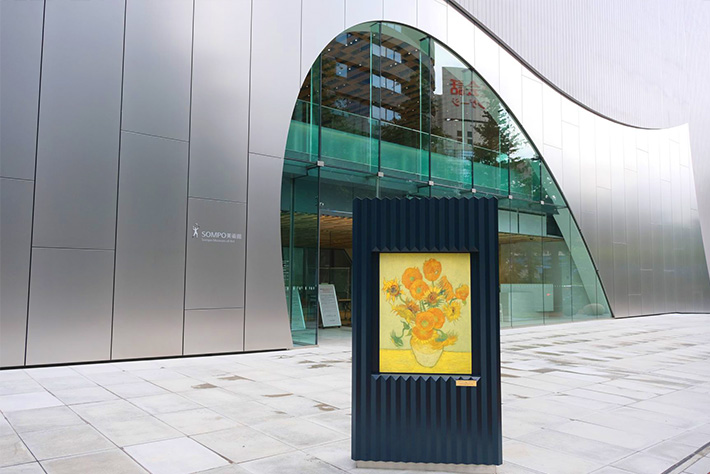
The Building
The design concepts behind the Sompo Museum of Art building was to reflect the image of Seiji Togo’s art while also incorporating soft curves designed to blend well with the gently out-flaring base of Sompo Japan’s headquarters building. These curves have been incorporated both in the building’s interior and exterior to create unique spatial effects.
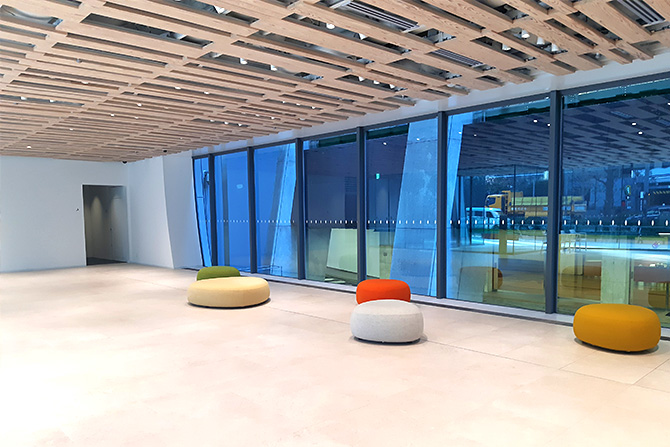
Building Interior
The building consists of a 1st floor entrance hall, a 2nd floor museum shop and rest area, and exhibition galleries from the 3rd to 5th floors. Wood has been used in the ceilings and floors of the museum shop and rest area to create a space where visitors can enjoy the afterglow of their visit to the museum in a comfortable atmosphere.
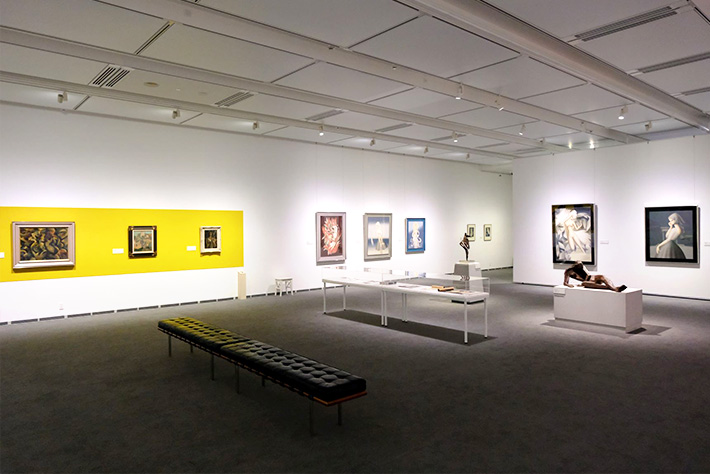
Exhibition Galleries
The exhibition galleries were designed around white tones to make the art works stand out. A variety of fittings are installed in the exhibition galleries to enable various styles of exhibitions.
Initiatives by the Sompo Museum of Art to Address Environmental Issues
The Sompo Museum of Art is contributing to the creation of a resilient and sustainable society, by working to be environmentally aware in its management/operations, and to resolve environmental issues in cooperation with the Sompo Group, so as to leave behind the precious environment of earth for future generations.
(See here for Sompo Holdings’ sustainability initiatives: https://www.sompo-hd.com/en/csr/)
[Initiatives in Facilities/Exhibitions]
- Switching to using electricity from renewable energy sources (electricity generated by a hydroelectric plant that produces no CO2).
- Installing highly energy saving ventilation systems.
- Making all lights in the museum LEDs, and installing motion sensors in the lights behind the building.
- Installing movable partitions in the exhibition rooms.
- Recycling and efficiently using the temporary walls and exhibition stands, back panels, floor covering veneer, etc.
- Reducing paper-based printed materials (exhibition posters, pamphlets, etc.)
- Implementing periodic inspections of pest occurrence, and pest control through cleaning, etc. (reducing the use of chemicals).
- Discontinuing the use of plastic shopping bags in the museum shop.
- Discontinuing the use of plastic products in the museum café and using environmentally friendly products.
- Educating future generations through VTS (Visual Thinking Strategies).
[Initiatives as an organization]
- Ensuring lights are turned off in areas where there are no employees, and only partially use lights before starting work/during overtime hours.
- Appropriately separating garbage in line with building policies.
- Ensuring the recycle and reuse of fixtures, etc., and promoting green purchases.
- Using recycled paper and reducing the amount of paper used.
- Reducing business trips through using online meeting systems.
- Collecting and donating old books, etc.
Sompo Museum of Art’s Logo
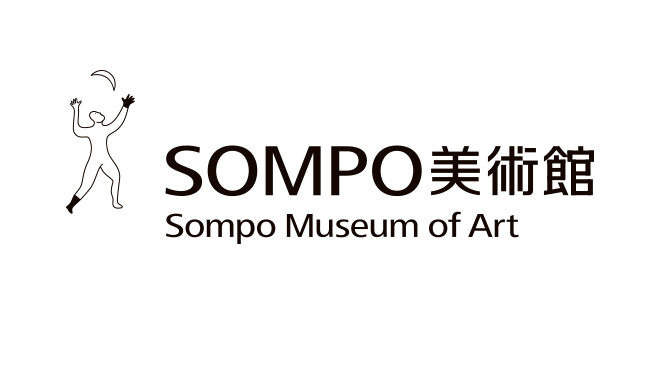
Our logo is based around a motif from Seiji Togo’s Surrealistic Stroll, which is part of the museum’s collection.
Finding a wonderful work of art allows people to open their hearts and minds,
feeling as though they exist within the world the artwork reveals. We believe that the individual engaged with works of art is a symbol for freedom of the heart and mind.
We chose to use this as our logo with the hope that we put due importance on the freedom provided by art.